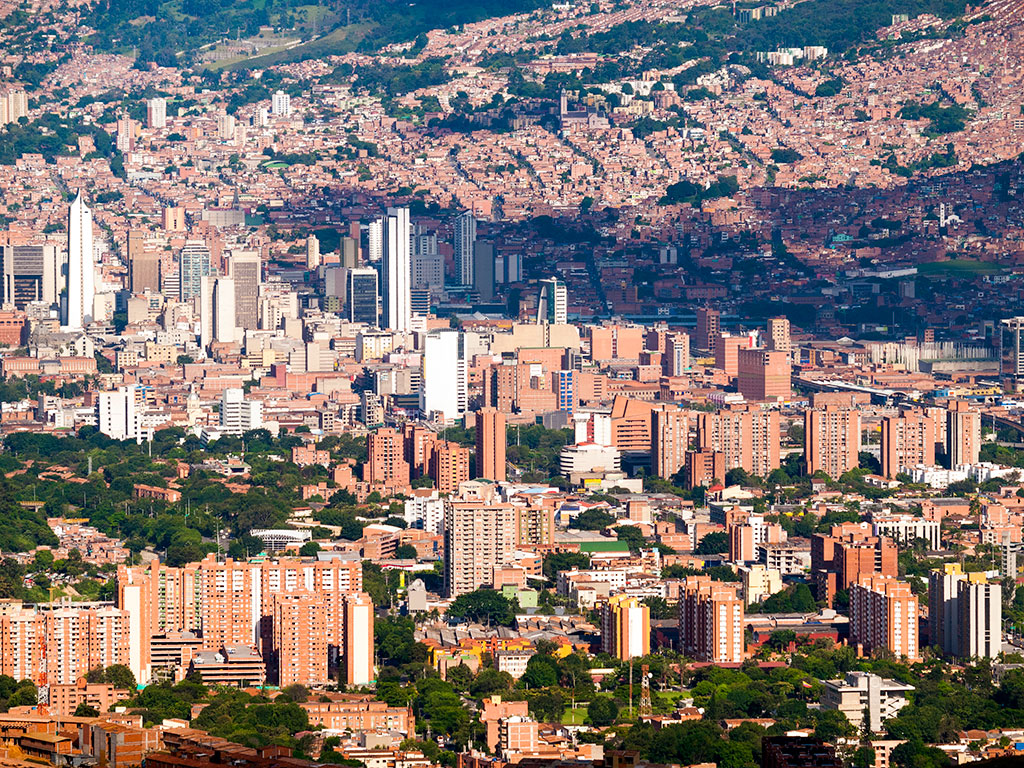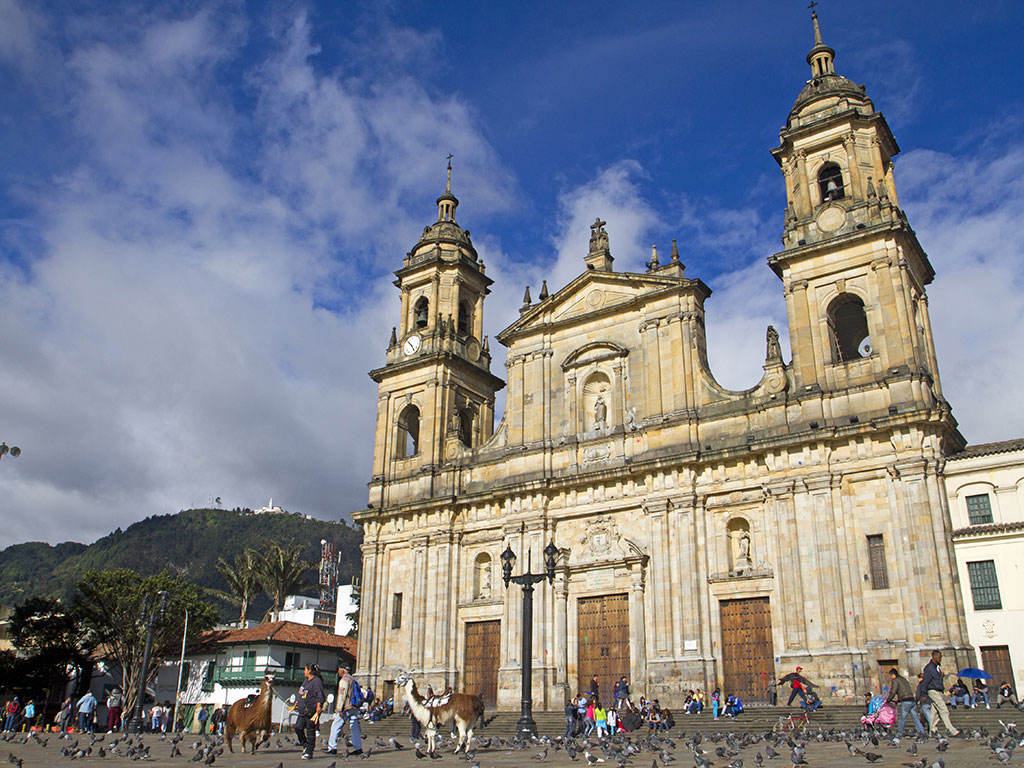It is official: Cartagena, in Colombia, is the ‘must-visit’ destination of the season. Mick Jagger is said to own property in the city and Charlie Sheen has reportedly visited the area to scope it out for an upcoming film project. The city’s boutique hotels and gourmet restaurants are overflowing with supermodels and wealthy jetsetters. It’s a far cry from days when Colombia was synonymous with drugs, and the only foreign visitors were international war correspondents or NGO workers.
But Colombia has quickly and efficiently emerged from the ashes of violence, stronger and more appealing than ever. Since 2002, the number of visitors coming to Colombia has grown 300 percent – and 60 percent of those are tourists.
Colombia has a rich cultural heritage that spans far beyond colonial architecture and drug cartels
Colombia has always had the natural attributes to make it a covetable tourist destination; it has lush rainforests, white sandy beaches and year-round sunshine. Cartagena’s fort and old city are UNESCO World Heritage sites, and as such are immaculately well preserved. Colombia has a rich cultural heritage that spans far beyond colonial architecture and drug cartels. But it has taken a concerted effort and plenty of clever investments for the country to shed that image.
Rumour has it that Colombia had been trying to change its image since 1996. Marketing consultant David Lightle told the Wall Street Journal that a government official approached him that year about rebranding the country, to which he replied: “Don’t waste your money.”
By the time Lightle agreed to take on the challenge of changing the country’s international image in 2004, Colombia had undergone a drastic transformation. President Alvaro Uribe was behind a slew of tough but effective reforms – extortion, murder and kidnapping rates are now way down, while foreign direct investment is on the up. His alliance with the US also helped.
Though credit for the change lies squarely on the shoulders of government policies that freed the country from the shackles of violence, Colombia only emerged as a covetable business and tourism destination because of an intelligent rebranding campaign. An overhauled public policy is not enough to take a country from failed narco-state to desirable hotspot if this message is not communicated effectively internationally.
Slow and steady
It was a slow process. Lightle and his Colombian partners started inviting notable international persons – from academics to investors – to visit the country and experience how wonderful Colombia had become, with the hope that they would go and tell the world what they had discovered.
This went hand-in-hand with an aggressive traditional marketing campaign that saw the slogan ‘Colombia is passion’ on screens and pages of magazines all over the world. They also started promoting their rich art, culture and heritage much more intensely, drawing from the inevitable international interest that behemoths like Gabriel García Márquez and Fernando Botero command.
The increase in foreign visitors is a solid indicator that the campaign has worked. Savvy investors have been betting on the country for years, but a true testament to the tremendous overhaul of Colombia’s image is the fact that it has emerged as a desirable mainstream destination for travellers. According to the Trade Ministry, the number of visitors coming to Colombia is rising even though the overall trend for South America is declining.

Bogotá is by far the most popular destination for foreigners, with over 50 percent choosing it as their base from which to explore the country. But Medellin and, of course, Cartagena, are also popular. Colombia is a vast country with a diverse landscape, which developers are cleverly exploring to its full advantage.
Once one of the most dangerous cities on Earth, today Medellin is the Innovative City of the Year according to the Urban Land Institute. The city has invested in clever public transport to bring the disenfranchised periphery into the fold, and also built a number of public facilities like museums and libraries. The weather is balmy throughout the year and the city has become the go-to destination to experience genuine Colombian life. And the city has thrived, with new bars, restaurants and galleries popping up almost daily.
A rising star
Perhaps most telling of the country’s revamp is that luxury travel is now a mainstay of the local tourism market. Cartagena is top-end destination of choice for those in the know, but Bogotá and Medellin are not far behind, with plenty of award-winning restaurants and hotels to choose from.
Everything is done with distinct Latinity; the country’s soul and spirit is generally preserved. In Cartagena, though there are a number of high-end resorts, the most popular destinations are the luxury boutique hotels built within old convents and colonial palaces within the city halls. There is no place for a continental breakfast in Colombia, here it’s all about the café tinto.
Though the murder rate remains above average, security is not a major issue in the cities. There is still guerrilla activity in the jungle, but some areas have been deemed safe for foreign tourists. However, the government is not getting complacent – it has been negotiating with the Farc for a number of years and is hopeful permanent peace is within reach. But there is still work to be done.
At the moment it seems like there is nowhere for Colombia to go but up, but it will still take much investment and goodwill to ensure this change for the better is sustainable. The government has announced investments of $25bn in roads over the next four years, an initiative that will help spread development to the impoverished countryside, and there are plans for over $50bn to be spent on new infrastructure in the next decade. But at the moment Colombia is enjoying the spoils of the high-end visitors flocking to its shores.





